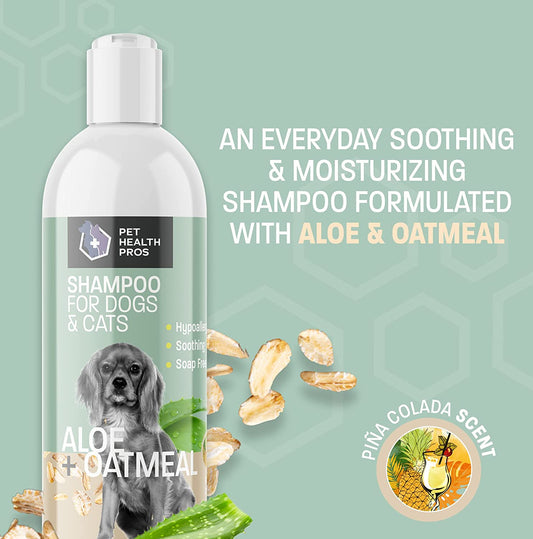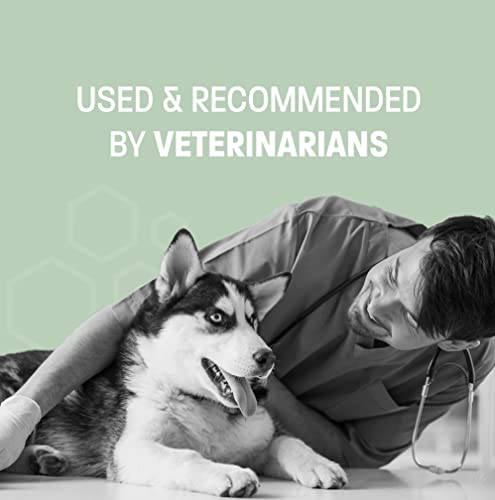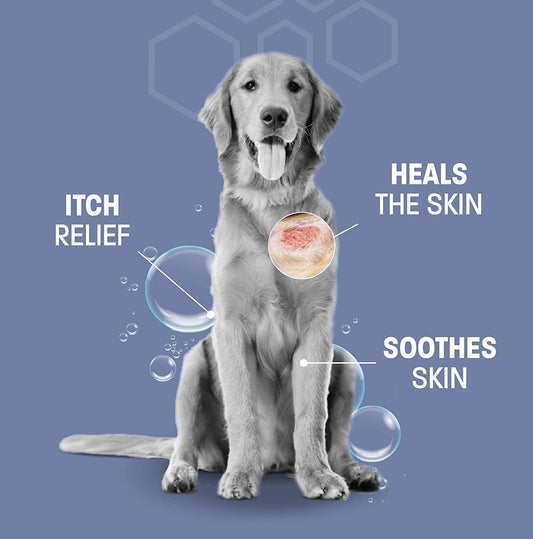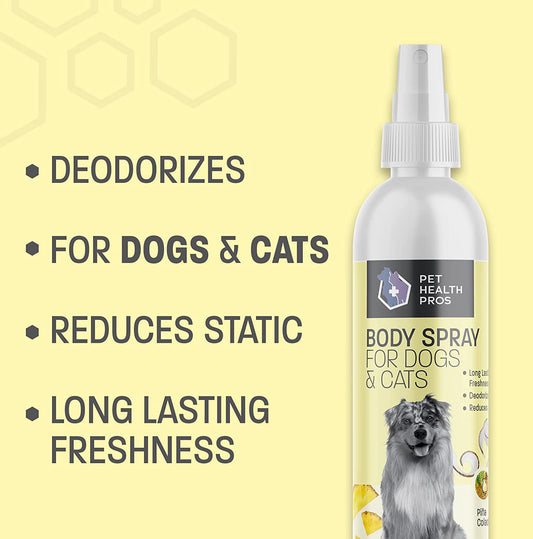Removing Tear Stains: A Guide to Tear Stain Remover for Dogs
Tear stains can be a common issue for many dog owners. These unsightly marks under the eyes can be caused by various factors and can lead to health concerns if left untreated. Fortunately, there are tear stain removers available that can help effectively remove tear stains and prevent them from recurring. In this guide, we will explore the causes of tear stains, the breeds prone to tear stains, and the health concerns associated with tear stains.
We will also discuss how to choose the right tear stain remover, including the ingredients to look for and considerations for sensitive dogs. Lastly, we will provide a step-by-step guide to removing tear stains, tips for preventing tear stains in the future, and advice for maintaining a tear stain-free dog.
Key Takeaways
- Tear stains in dogs can be caused by factors such as excessive tearing, eye infections, or certain health conditions.
- Breeds with white or light-colored fur, such as Maltese, Shih Tzu, and Poodle, are more prone to tear stains.
- Untreated tear stains can lead to skin irritation, infection, and discomfort for dogs.
- When choosing a tear stain remover, look for products with natural ingredients like aloe vera and chamomile.
- There are different types of tear stain removers available, including wipes, powders, and liquids. Consider your dog's preferences and sensitivities when selecting a product.
Understanding Tear Stains in Dogs
Causes of Tear Stains
Tear stains in dogs can be caused by various factors, including excessive tearing, eye infections, and irritation. Excessive tearing occurs when the tear ducts produce more tears than necessary, leading to overflow and staining around the eyes. Eye infections, such as conjunctivitis, can also contribute to tear stains as they cause inflammation and increased tear production.
Additionally, irritation from allergies, foreign objects, or excessive hair growth around the eyes can result in tear staining. It is important to identify and address the underlying cause of tear stains to effectively manage and prevent them.
Breeds Prone to Tear Stains
Certain dog breeds are more prone to tear stains due to their anatomy and genetics. Breeds such as Maltese, Shih Tzu, Poodle, and Pomeranian are known to be more susceptible to tear stains. These breeds often have shallow eye sockets and excessive hair around the eyes, which can lead to tear overflow and staining.
Additionally, dogs with light-colored fur are more likely to show tear stains, as the pigments in their tears can easily discolor their fur. It is important for owners of these breeds to be aware of tear stains and take proactive measures to prevent and remove them.
Health Concerns Associated with Tear Stains
Tear stains in dogs can be more than just a cosmetic issue. They can also lead to health concerns. Excessive tearing can cause irritation and inflammation around the eyes, leading to discomfort for your furry friend. Additionally, the moisture from tear stains can create a breeding ground for bacteria, which can result in infections. It's important to address tear stains promptly to prevent these potential health issues.
Choosing the Right Tear Stain Remover
Ingredients to Look for in Tear Stain Removers
When choosing a tear stain remover for your dog, it is important to look for certain ingredients that are effective in removing tear stains. One key ingredient to look for is enzymes, which help break down the proteins in the tear stains and make them easier to remove. Another important ingredient is salicylic acid, which has exfoliating properties and helps to remove dead skin cells and debris. Additionally, witch hazel is a natural astringent that can help reduce inflammation and soothe the skin around the eyes. These ingredients work together to effectively remove tear stains and improve the overall appearance of your dog's face.
Types of Tear Stain Removers
When it comes to choosing the right tear stain remover for your dog, there are several options available. Tear stain wipes are a popular choice, as they are convenient and easy to use. These wipes are specially formulated to gently remove tear stains and keep the area clean. Another option is tear stain powders, which can be sprinkled onto your dog's food. These powders work from the inside out to help reduce tear stains. Additionally, there are tear stain solutions that can be applied directly to the affected area. These solutions often contain natural ingredients that help break down the stains and prevent future ones from forming.
Considerations for Sensitive Dogs
When choosing a tear stain remover for your sensitive dog, it's important to consider their specific needs. Sensitive dogs may have allergies or sensitivities to certain ingredients, so it's crucial to find a product that is gentle and non-irritating. Look for tear stain removers that are hypoallergenic and free of harsh chemicals. Additionally, consider the scent of the product, as some dogs may be sensitive to strong fragrances. It's also a good idea to consult with your veterinarian to ensure you're choosing the right tear stain remover for your sensitive dog's needs.
Using Tear Stain Removers Effectively
Step-by-Step Guide to Removing Tear Stains
Removing tear stains from your dog's fur requires a systematic approach. Here are the steps you can follow to effectively remove tear stains:
- Start by gently cleaning the area around your dog's eyes with a tear stain remover wipe.
- Use a clean cloth or cotton ball to wipe away any excess moisture or debris.
- Apply a small amount of tear stain remover solution to a clean cloth and gently rub it onto the stained fur.
- Let the solution sit for a few minutes to break down the tear stains.
- Use a clean cloth or cotton ball to wipe away the tear stain remover solution.
- Repeat this process daily until the tear stains are completely gone.
By following these steps, you can effectively remove tear stains from your dog's fur and restore their natural beauty.
Preventing Tear Stains in the Future
Preventing tear stains in dogs is an important aspect of maintaining their overall health and well-being. While tear stains can be unsightly, they can also indicate underlying health issues that need to be addressed. Here are some tips to help prevent tear stains in your furry friend:
-
Maintain good hygiene: Regularly clean your dog's face and eyes with a gentle, fragrance-free pet wipe, like the Health Pros Dog and Cat Eye Wipes. These wipes are specifically designed to remove eye gunk and tear stains, keeping your pet's face clean and fresh.
-
Avoid excessive tearing: Excessive tearing can contribute to tear stains. Keep your dog's eyes clean and free from irritants that may cause excessive tearing, such as dust, pollen, or allergens. If your dog is prone to allergies, consult with your veterinarian for appropriate treatment and management options.
-
Provide a balanced diet: Proper nutrition plays a crucial role in maintaining your dog's overall health, including their eye health. Ensure your dog's diet is balanced and includes essential nutrients. Some dogs may benefit from specific dietary supplementation to support eye health. Consult with your veterinarian for recommendations.
-
Regular grooming: Regular grooming can help prevent tear stains by keeping the area around your dog's eyes clean and free from excessive moisture. Trim the hair around the eyes to prevent it from coming into contact with tears and causing staining.
-
Address underlying health issues: If your dog continues to experience tear stains despite following preventive measures, it's important to consult with your veterinarian. Tear stains can be a sign of underlying health issues, such as eye infections or blocked tear ducts. Your veterinarian can perform a thorough examination and provide appropriate treatment options.
Tips for Maintaining a Tear Stain-Free Dog
Maintaining a tear stain-free dog requires consistent care and attention. Here are some tips to help you keep your furry friend looking their best:
-
Regular grooming: Gently clean your dog's face daily using a tear stain remover specifically formulated for dogs. This will help remove any existing tear stains and prevent new ones from forming.
-
Dietary considerations: Ensure your dog is on a balanced and nutritious diet. Some tear stains can be caused by food allergies or sensitivities, so it's important to feed your dog high-quality food that suits their specific needs.
-
Water quality: Provide your dog with clean and fresh water at all times. Poor water quality can contribute to tear stains, so make sure to regularly change your dog's water bowl and clean it thoroughly.
-
Regular vet check-ups: Schedule regular check-ups with your veterinarian to monitor your dog's overall health. They can provide guidance on tear stain prevention and recommend any necessary treatments.
-
Avoid excessive eye rubbing: Discourage your dog from rubbing their eyes excessively, as this can irritate the area and lead to tear stains.
By following these tips, you can help maintain a tear stain-free dog and keep them looking their best.
Conclusion: Using Tear Stain Removers Effectively
In conclusion, understanding tear stains in dogs is crucial for their overall health and well-being. By choosing the right tear stain remover and using it effectively, dog owners can effectively remove tear stains and prevent future occurrences. Regular maintenance and care are essential for maintaining a tear stain-free dog. Remember to consult with a veterinarian for any specific concerns or health issues related to tear stains. With the right knowledge and products, dog owners can keep their furry friends happy, healthy, and tear stain-free.
Frequently Asked Questions
1. How do tear stains form in dogs?
Tear stains in dogs form due to excessive tear production, which can be caused by various factors such as genetics, eye infections, allergies, or blocked tear ducts.
2. Are tear stains harmful to dogs?
Tear stains themselves are not harmful to dogs, but they can indicate underlying health issues such as eye infections or allergies. It is important to address the cause of tear stains to ensure your dog's overall health.
3. Can tear stains be prevented?
While it may not be possible to completely prevent tear stains, there are steps you can take to minimize their occurrence. Regularly cleaning your dog's face, using tear stain removers, and addressing any underlying health issues can help prevent tear stains.
4. How often should I use tear stain removers?
The frequency of using tear stain removers depends on the product instructions and your dog's individual needs. It is best to follow the recommended usage guidelines provided by the manufacturer.
5. Can I use human eye drops to treat tear stains in dogs?
No, it is not recommended to use human eye drops to treat tear stains in dogs. Human eye drops may contain ingredients that are not safe for dogs and could potentially worsen the condition. It is always best to use tear stain removers specifically formulated for dogs.
6. Are there any natural remedies for tear stains?
There are some natural remedies that may help reduce tear stains in dogs, such as using chamomile tea as a gentle eye rinse or adding a teaspoon of apple cider vinegar to their drinking water. However, it is important to consult with your veterinarian before trying any natural remedies.









